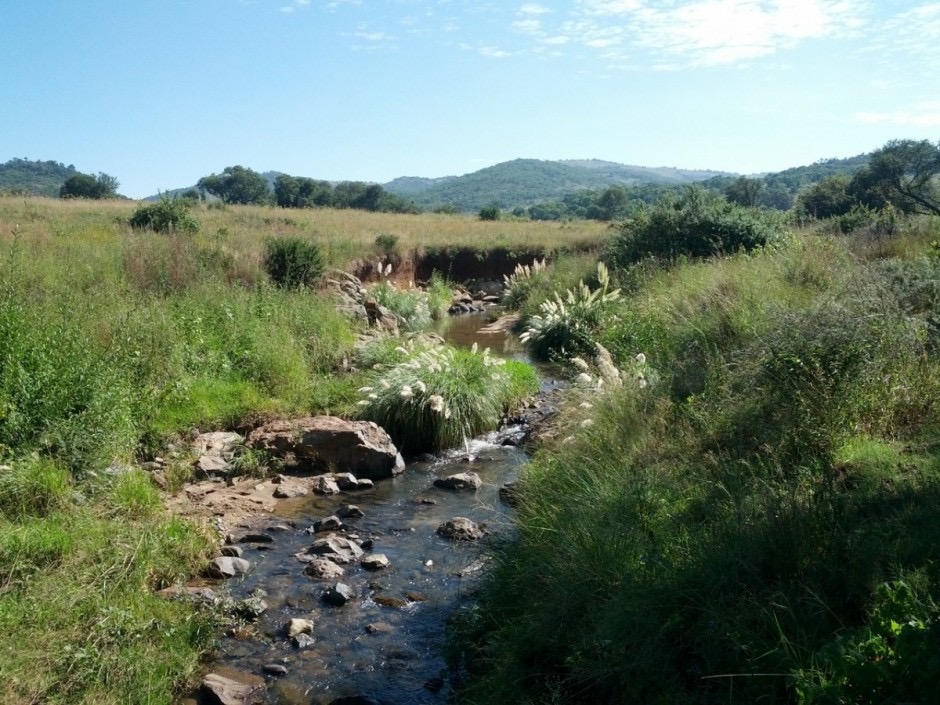Get PeakVisor App
Sign In
Search by GPS coordinates
- Latitude
- ° ' ''
- Longitude
- ° ' ''
- Units of Length

Yes
Cancel
Share ×

Scan the QR code and open PeakVisor on your phone
❤ Wishlist ×
Choose
Delete
The City of Johannesburg Metropolitan Municipality is situated in the northeastern part of South Africa, in the Gauteng province. South Africa’s largest populated city has 7 named mountains. Spioenkop is the highest and most prominent, measuring 1,772 meters (5,814 ft).

The City of Johannesburg Metropolitan Municipality covers an area of approximately 164,500 ha (406,488 ac). Commonly known as Joburg or the City of Gold, Johannesburg is a major economic powerhouse in South Africa. Gold deposits in the region played a significant role in the city's development and continue to influence its economy.
Despite being densely populated, Johannesburg is home to diverse flora and fauna. The city's parks, nature reserves, and green spaces provide habitats for native species. The Johannesburg Botanical Garden, Walter Sisulu National Botanical Garden, and Emmarentia Dam are just a few examples of green areas within the city limits.
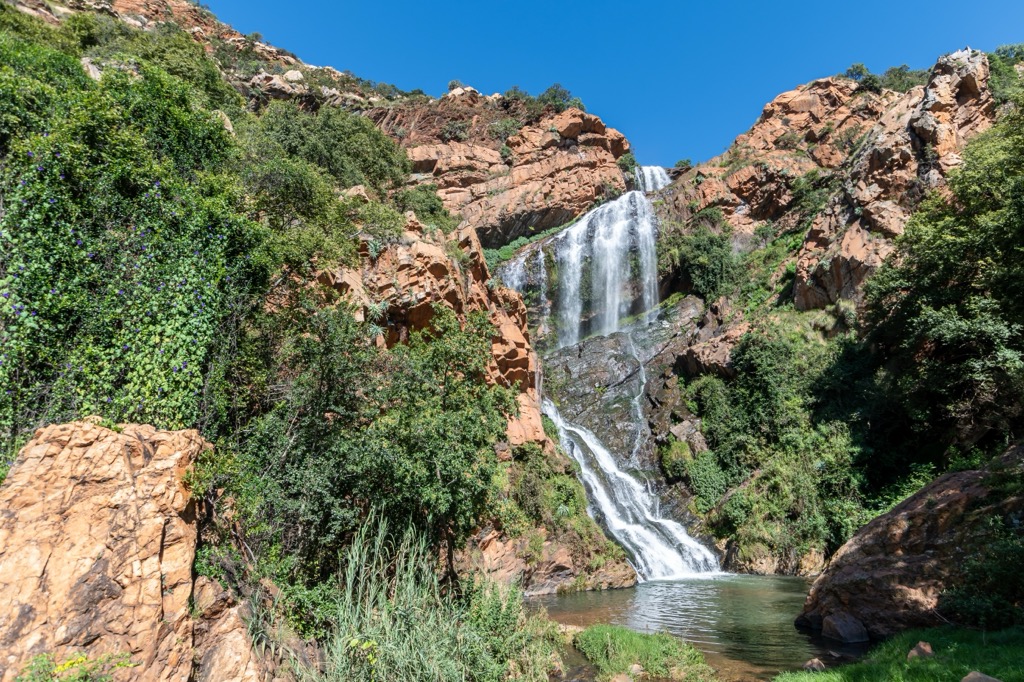
Gauteng’s capital city is surrounded by a diverse landscape of low-lying hills, dissected plateaus, and scattered mountain ranges. The city is positioned on the Witwatersrand, a series of small-scale mountain ridges that contain some of the world’s largest gold deposits. The prominent Witwatersrand ridge traverses the city from east to west, effectively dividing it into northern and southern regions. This string of low, rocky ridges serves as the watershed between the drainages into the Indian Ocean and the Atlantic Ocean.
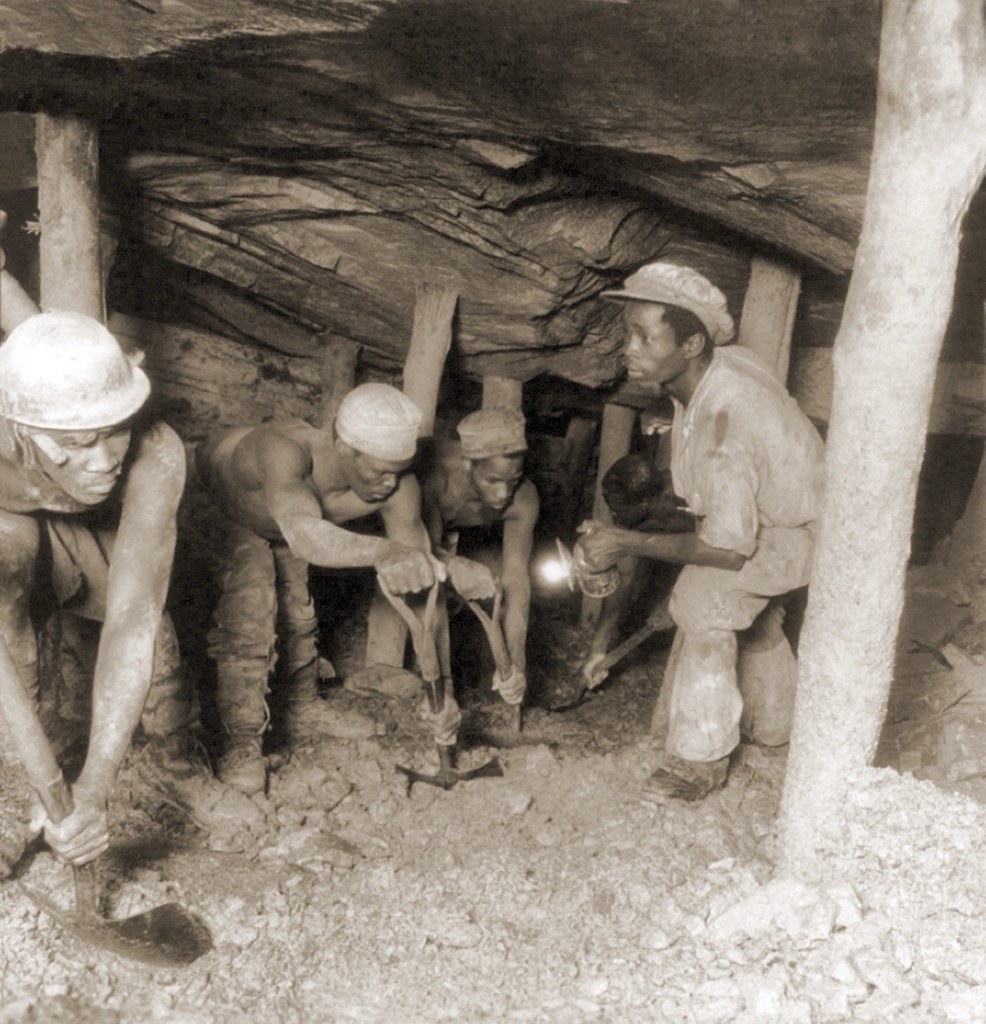
While not directly passing through Johannesburg, the Magaliesberg Mountain Range, one of South Africa’s prominent ranges, spans approximately 120 km (75 miles) from Pretoria in the east to Rustenburg in the west. Situated northwest of Johannesburg, the Magaliesberg attracts outdoor enthusiasts who want to hike, camp, and visit the nearby nature and game reserves.
Johannesburg, situated on the Highveld plateau at an elevation of 1,753 meters (5,751 feet) above sea level, enjoys a unique subtropical highland climate. This elevation plays a crucial role in shaping the city's weather, with mild winters and warm summers being the norm. Summer temperatures reach highs of around 25 to 30°C (77 to 86°F), while winter temperatures typically range from 5 to 18°C (41 to 64°F). The city receives most of its rainfall during the summer months, with occasional afternoon thunderstorms.
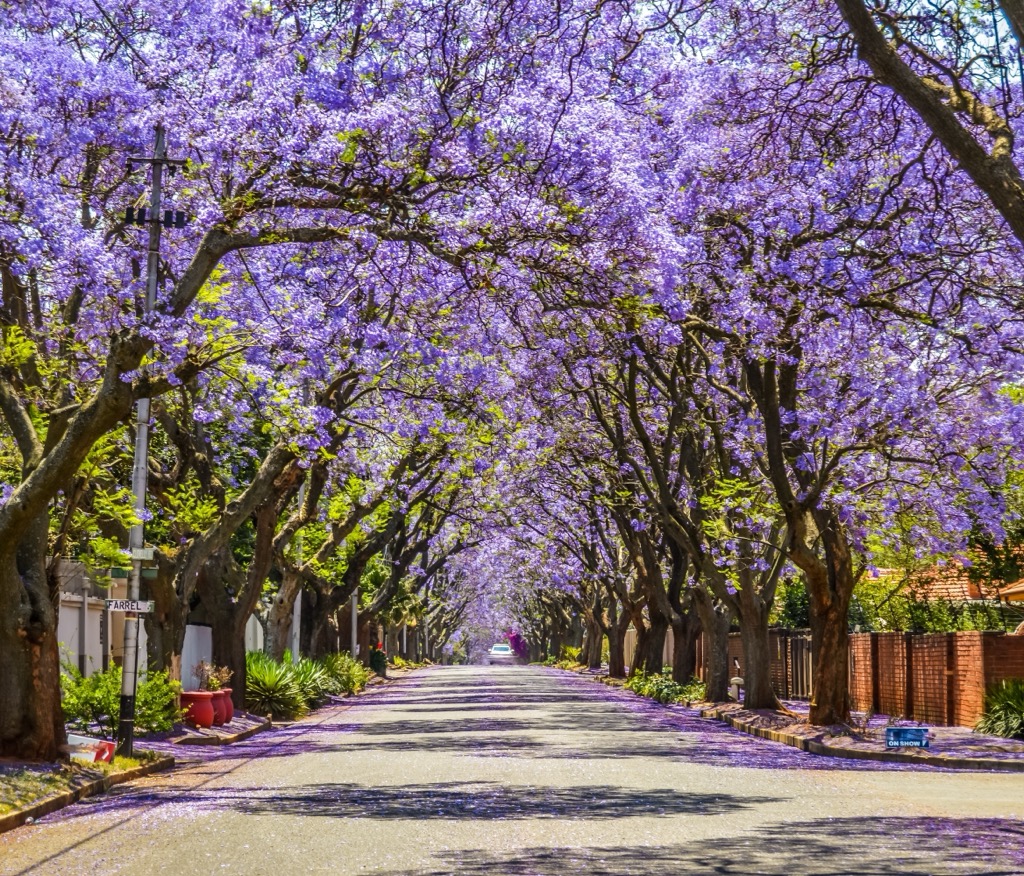
Although Johannesburg is not situated on major rivers, it is close to the confluence of the Vaal and Klip rivers. Several smaller streams and tributaries meander through the city, including the Braamfontein Spruit and Jukskei River.
The City of Johannesburg lies on the Kaapvaal Craton, one of Earth's oldest and most stable geological formations, dating back over 3 billion years. This craton is part of the larger African Craton, which also includes the Zimbabwe Craton to the north.
Johannesburg's most notable geological feature is the Witwatersrand Basin, which stretches for about 300 km (186 mi) and contains the world's largest known gold reserves. The basin was formed around 3 billion years ago during the Archean Aeon through a complex process of sedimentation, tectonic activity, and volcanic eruptions. Layers of sediment, including sand, silt, and organic material, accumulated over millions of years, eventually forming sedimentary rocks.
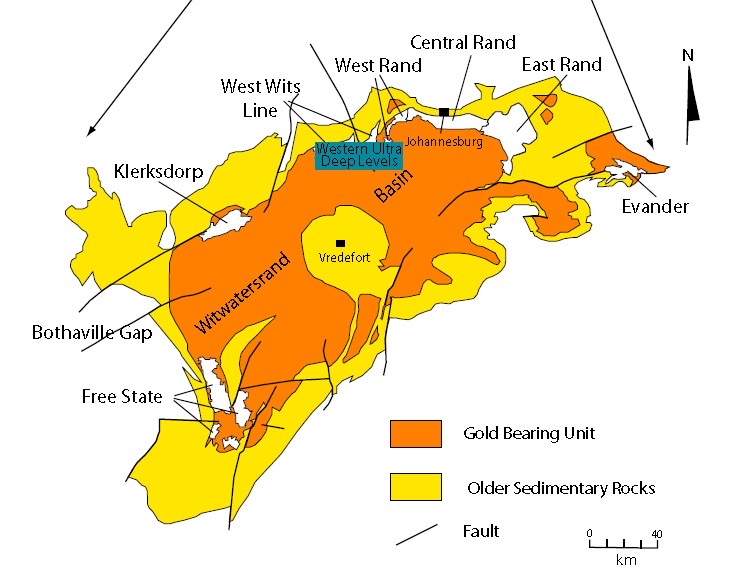
The rocks of the Witwatersrand Basin are primarily sedimentary and include conglomerates, sandstones, shales, and quartzites. These rocks contain a wealth of fossilized remains, including early life forms such as bacteria, algae, and primitive multicellular organisms. The fossils found in the basin date back to the Archean and Proterozoic Eons.
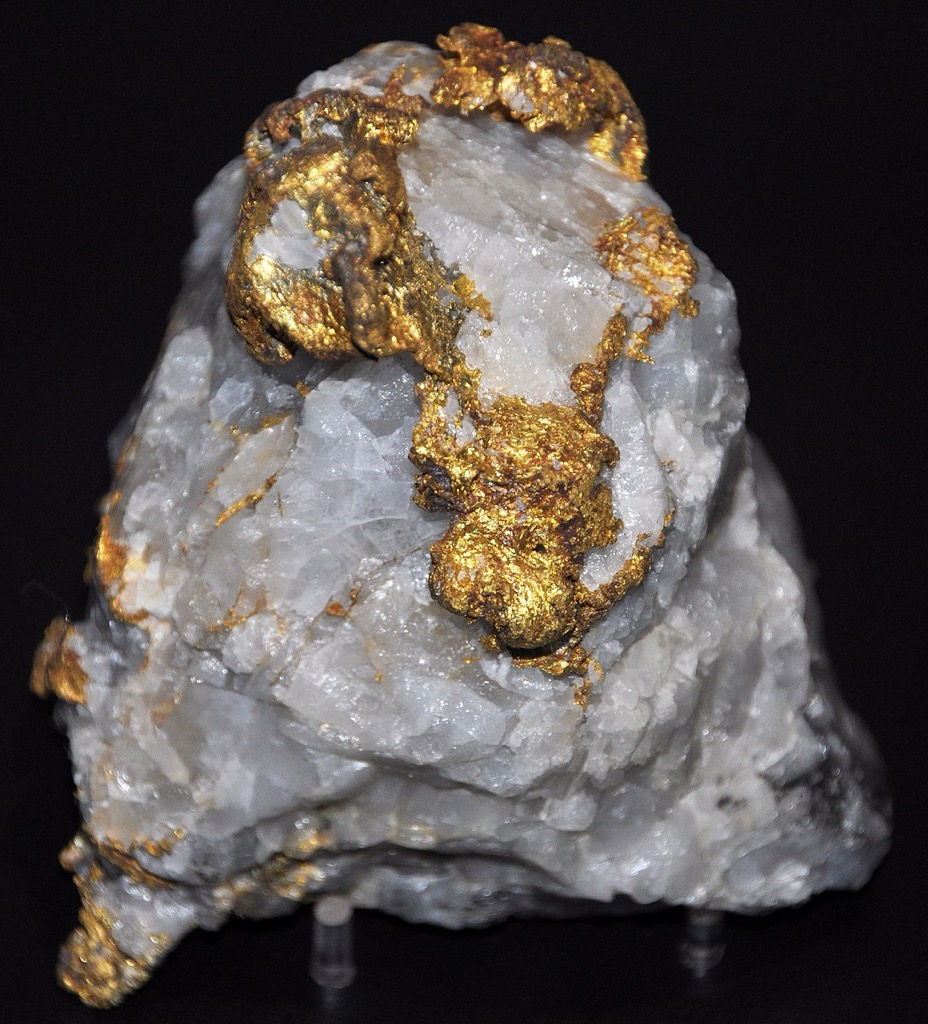
Much of Johannesburg's landscape consists of grasslands and savannas featuring tall grasses and scattered trees. These ecosystems support a variety of plants that have adapted to the dry, semi-arid conditions of the Highveld region.
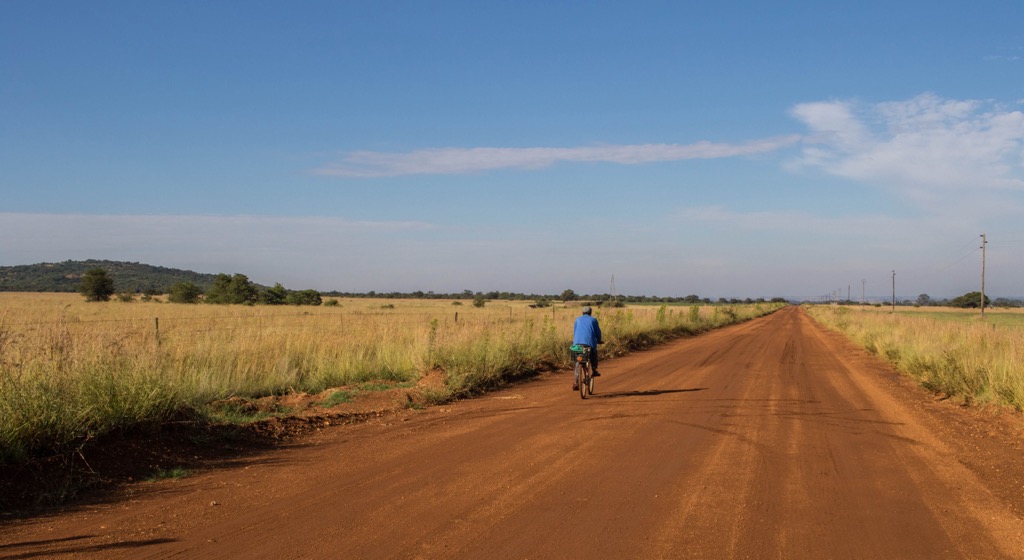
Johannesburg is also home to various indigenous tree species, including the iconic African Acacia trees, such as the umbrella thorn (Acacia tortilis) and sweet thorn (Acacia karroo). Other indigenous trees like the marula (Sclerocarya birrea) and the fever tree (Acacia xanthophloea) also thrive in the region.
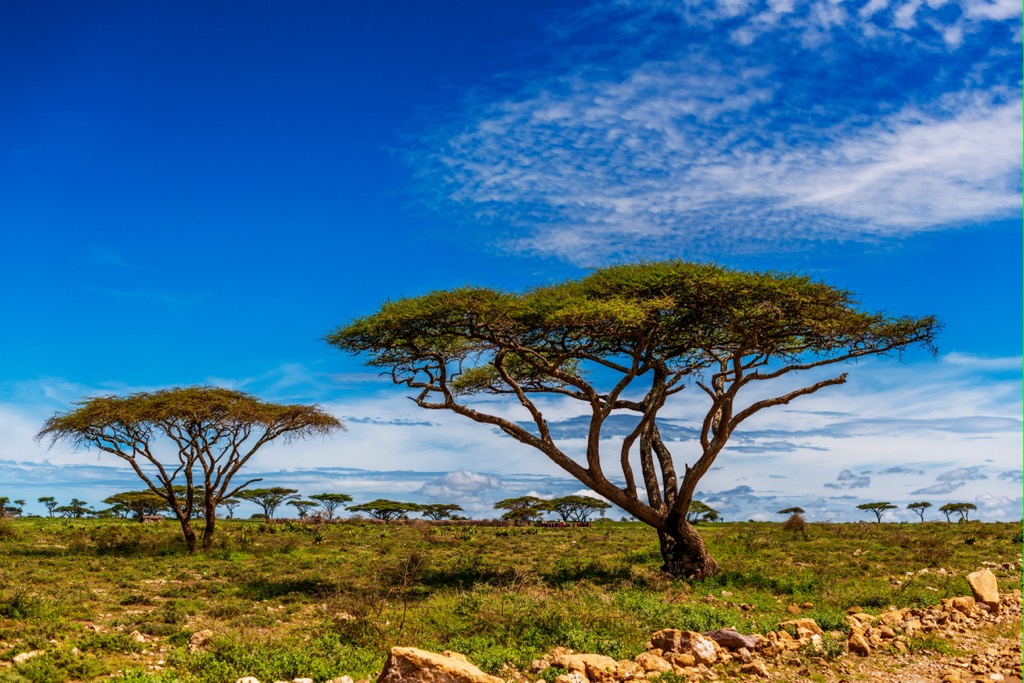
While the city itself is highly urbanized, nearby nature reserves and parks provide habitats for animals such as antelope, zebras, and smaller mammals. Johannesburg is a haven for birdwatchers, with over 300 recorded bird species. Common urban birds include the hadeda ibis, the southern masked weaver, and the red-billed quelea.

Before the arrival of Europeans, the area around Johannesburg was inhabited by various indigenous groups, including the San and the Ndebele people. They were primarily hunter-gatherers and pastoralists, living off the land and practicing their own customs and traditions.
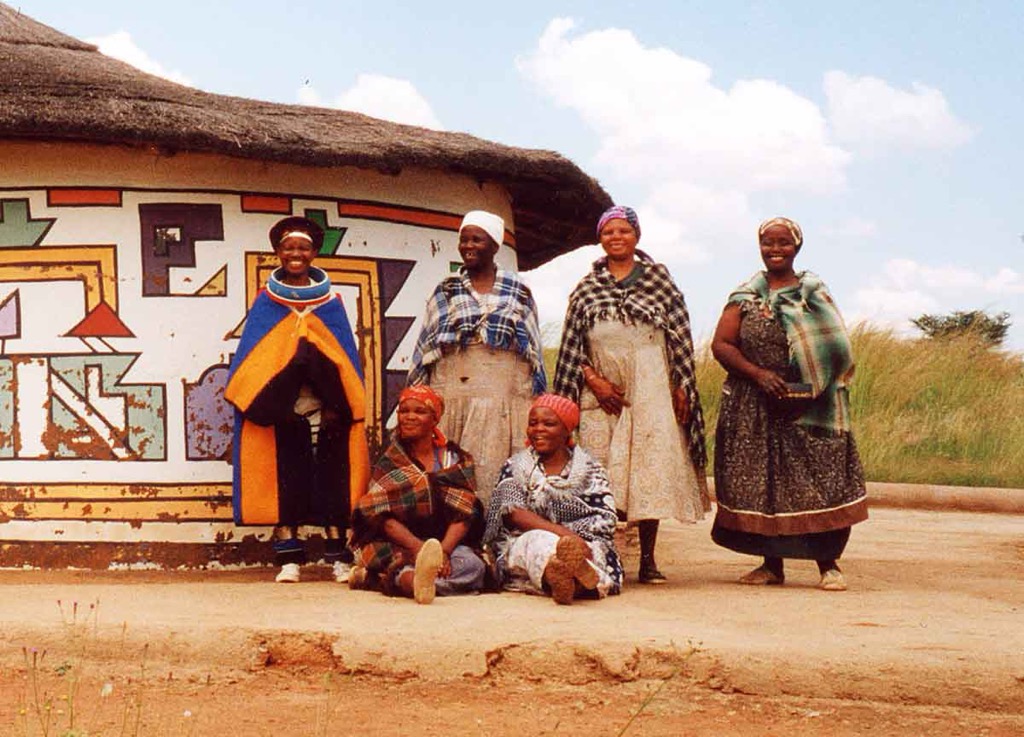
The history of Johannesburg as a modern city began with the discovery of gold in the Witwatersrand region in the late 19th century. In 1886, George Harrison stumbled upon gold while prospecting in the area, sparking a gold rush. This led to a massive influx of fortune seekers from around the world, including Europe, Australia, and the Americas. The population soared, and infrastructure such as railways, roads, and buildings sprang up to support the burgeoning mining industry.
During the apartheid era, Johannesburg played a central role in implementing discriminatory laws and policies. At the same time, Johannesburg was also a hotbed of resistance against such oppression. Organizations such as the African National Congress and the South African Communist Party were active in the city, organizing protests, strikes, and acts of civil disobedience. The 1976 Soweto Uprising, which began in the township of Soweto just outside Johannesburg, marked a turning point in the struggle against apartheid.
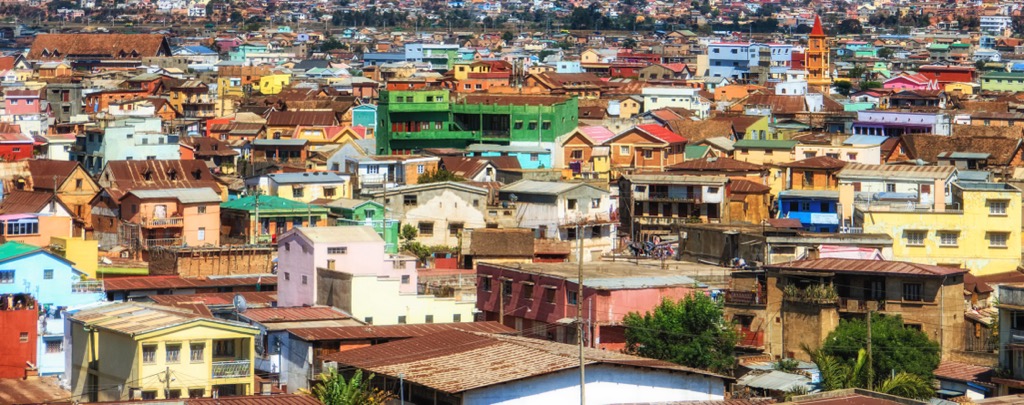
The end of apartheid in the early 1990s ushered in a new era for Johannesburg. Nelson Mandela, the first black president of South Africa, was inaugurated in 1994, and the country embarked on a path of reconciliation and nation-building. Johannesburg, as the economic powerhouse of South Africa, played a crucial role in the country's transition to democracy.
Fast-forwarding 30 years to the present, South Africa still has many problems to solve. The country has the highest unemployment rate globally, with an estimated 42% of the working-age population unemployed. Decreasing mineral yields from the depleted Witwatersrand Basin have precipitated layoffs. At the same time, the nation is unable to generate new investments due in part to its internal strife, including legislative gridlock, corruption, and violent crime.
As the country’s economic center and one of its three governmental capitals, Johannesburg is central to the effort to bring prosperity and happiness to South Africa.
The Kings Kloof Trails winds through the hills of Laurentia Farm and guides hikers along a stream to a picturesque waterfall at the valley's base. The reserve offers three main trail options. The Yellow Route (7 km/4 mi) leads through wooded valleys to the waterfall, and the Blue Route (12 km/7 mi) loops around elevated grasslands and treed river valleys before reaching the waterfall. The third trail, the Black Route (21 km/13 mi), is a challenging trek that includes portions of the Blue Route and a climb to rocky outcrops on the ridge, offering panoramic views of the Magaliesberg hills of Swartkop and King’s Kloof NW.
The Shelter Rock Hiking Trail near Johannesburg winds up the southern slopes of the Magaliesberg, passing by Vaalkop's foothills. The trail spans 8 km (5 mi) long, with an elevation gain of 416 meters (1,364 feet). Along the way, hikers encounter remnants of an Iron Age village, a 1,000-year-old olive tree, and fields of cosmos wildflowers. At the top of the mountain, hikers are rewarded with outlooks of the Hartbeespoort Dam and the hills of Magaliesberg, Nadia’s Peak, and Witwatersberg.
The Klipriviersberg Nature Reserve, situated on the southern outskirts of Johannesburg, showcases 640 ha (1,581 ac) of serene landscapes. Visitors can explore various hiking trails amidst unique vegetation and rare wildlife sightings. The Bakwena Loop, spanning 6 km (4 mi), offers steep climbs and panoramic vistas. For beginners and families, the 3 km (2 mi) Sunbird Trail is an easy stroll, passing by a duck-filled dam. Meanwhile, the 11 km (7 mi) Dassie Trail Loop caters to bird enthusiasts with challenging terrain and views of nearby Klipriviersberg.

The Walter Sisulu Botanical Gardens offers a variety of trails for hikers to explore. One of the popular trails is the Walter Sisulu Botanical Gardens Geological Trail. Located in Krugersdorp, this moderately challenging loop trail is approximately 4 km (2 mi) long, with an elevation gain of 211 meters (692 feet). The trail starts at the waterfall, which is the source of the Crocodile River flowing into Hartebeespoort Dam in the Magaliesberg.

Often considered the wealthiest square mile in Africa, Sandton is Johannesburg's premier business and financial district. It boasts upscale shopping malls like Sandton City and Nelson Mandela Square, luxury hotels, and high-end residential complexes. Many multinational corporations have their African headquarters here, contributing to its status as a major economic hub.
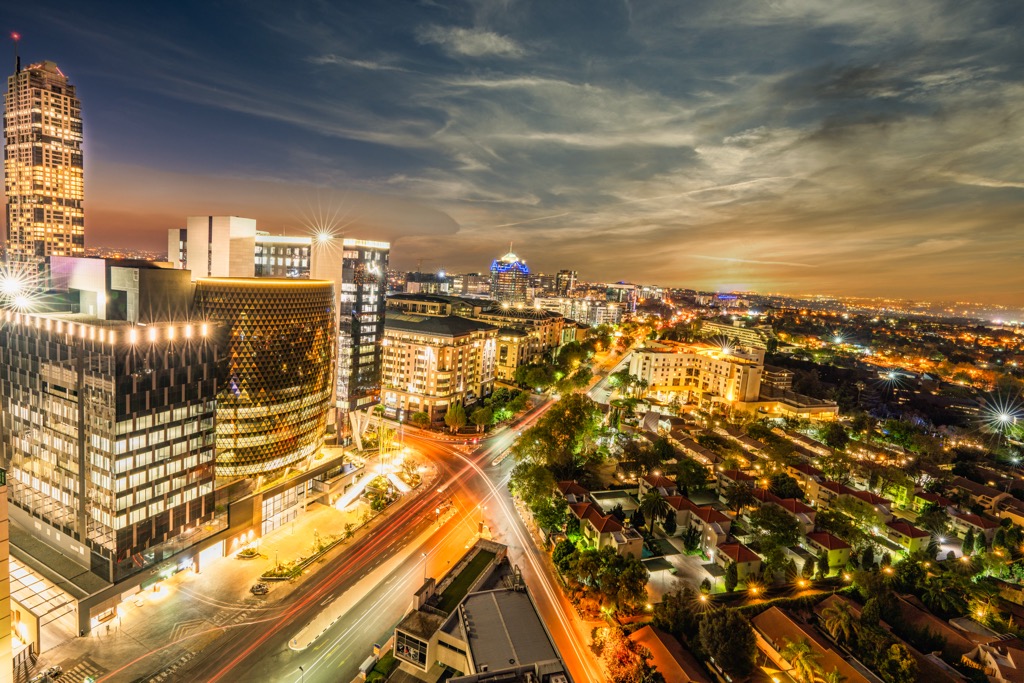
Soweto is one of Johannesburg's most famous townships and served as a cornerstone in the fight against apartheid. It's a sprawling area with a vibrant cultural scene characterized by its mix of traditional African culture and urban development. Visitors can explore landmarks such as the Hector Pieterson Museum, the Regina Mundi Church, and Vilakazi Street, where both Nelson Mandela and Desmond Tutu once resided, earning it the distinction of being the only street to have housed two Nobel Prize laureates.
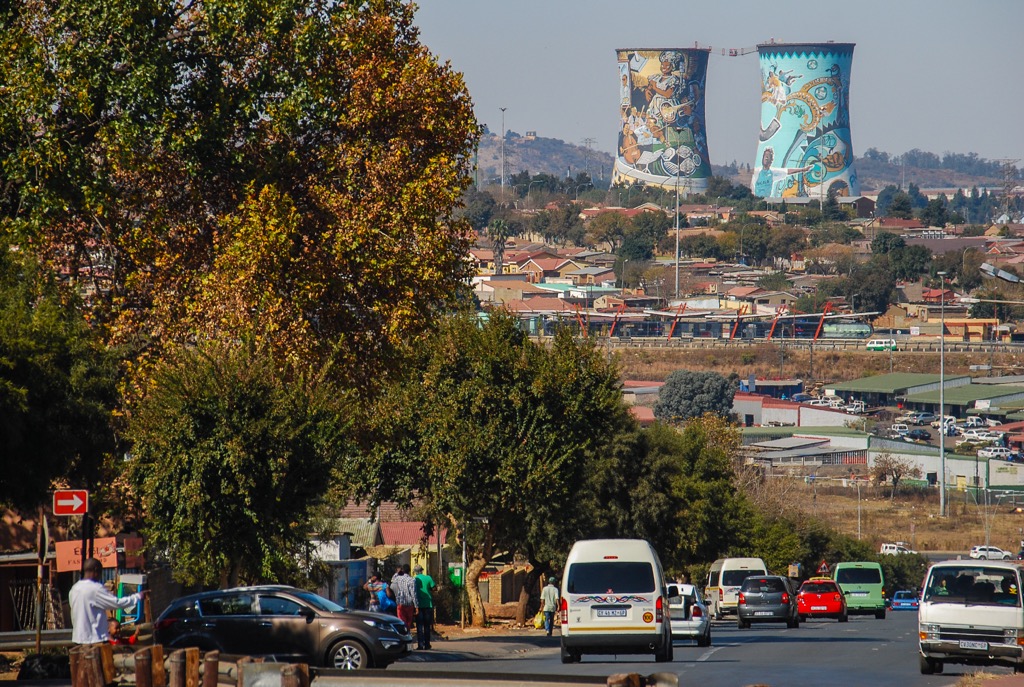
Maboneng, meaning Place of Light in Sesotho, is a dynamic and rapidly evolving district on Johannesburg's CBD's eastern edge. Maboneng has played a pivotal role in the revitalization of the inner city, attracting artists, entrepreneurs, and urbanites seeking a vibrant cultural scene. Key attractions include Arts on Main, a converted warehouse space housing galleries and studios, Market on Main, which offers artisanal food and crafts, and the Bioscope Independent Cinema.
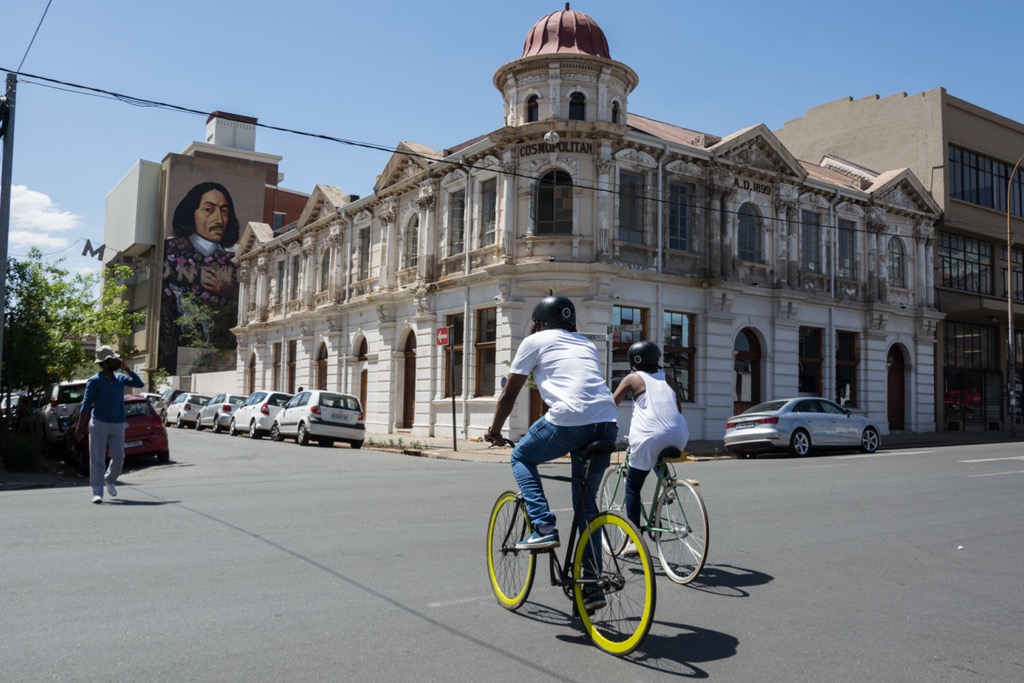
Explore City of Johannesburg Metropolitan Municipality with the PeakVisor 3D Map and identify its summits.




